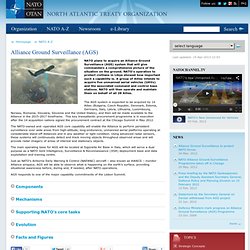

Improving Army Basic Research: Report of an Expert Panel on the Future of Army Laboratories. The U.S.

Army is in the midst of an unprecedented technical transformation as it rapidly adopts and adapts to cutting-edge science and technology to remain an effective and relevant fighting force. This report describes the result of an expert panel assembled to consider how current trends in research and development (R&D) might unfold over time and how those trends could affect the laboratories and R&D centers that support the Army. The panel looked at national trends in basic research and R&D, including trends in Department of Defense research funding; conducted an in-depth examination of the Army research enterprise; and profiled several non-Army laboratories known for their high-quality basic research, to gain insight into how the Army might better structure and fund its own labs.
The panel identified several trends, such as an increasing focus on near-term results and tendency toward risk aversion, that are hampering the Army research effort. DARPA Works On Virtual Reality Contact Lenses - Government - Mobile & Wireless. Digital images could be directly projected onto lenses to improve soldiers' situational awareness.

The Department of Defense (DOD) is working on contact lenses that would enhance soldiers' vision to improve intelligence, surveillance, and reconnaissance (ISR) activities without the need for specialized equipment that is currently used in the battlefield. The Defense Advanced Research Projects (DARPA) agency is doing work at Washington-based Innovega iOptiks to create wearable eye lenses with tiny, full-color displays onto which digital images can be projected to give the wearers better situational awareness, according to the agency. The lenses would allow users to focus simultaneously on images that are both close up and far away, which would improve their ability to use portable displays while still interacting in real time with the environment around them, according to DARPA. Topic: Alliance Ground Surveillance (AGS) Originating from the Defence Planning Committee in 1992, the AGS programme was defined as a capability acquisition effort in 1995, when the NATO Defence Ministers agreed that “the Alliance should pursue work on a minimum essential NATO-owned and operated AGS core capability, supplemented by interoperable national assets”.

The AGS programme was to provide NATO with a complete and integrated ground surveillance capability that would offer the Alliance and its nations unrestricted and unfiltered access to ground surveillance data in near-real-time and in an interoperable manner. It was to include an air segment comprising airborne radar sensors and a ground segment comprising fixed, transportable and mobile ground stations for data exploitation and dissemination, all seamlessly interconnected linked through high-performance data links. In 2004, NATO decided to move ahead with what was labelled as a mixed-fleet approach.